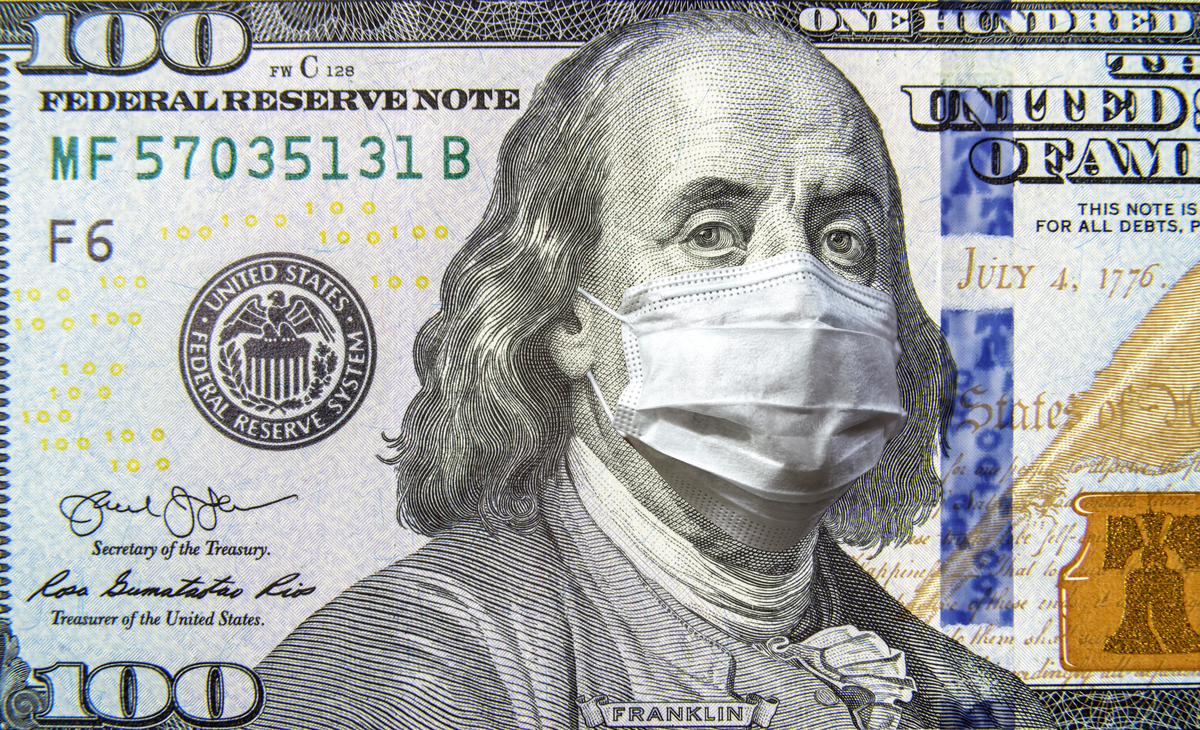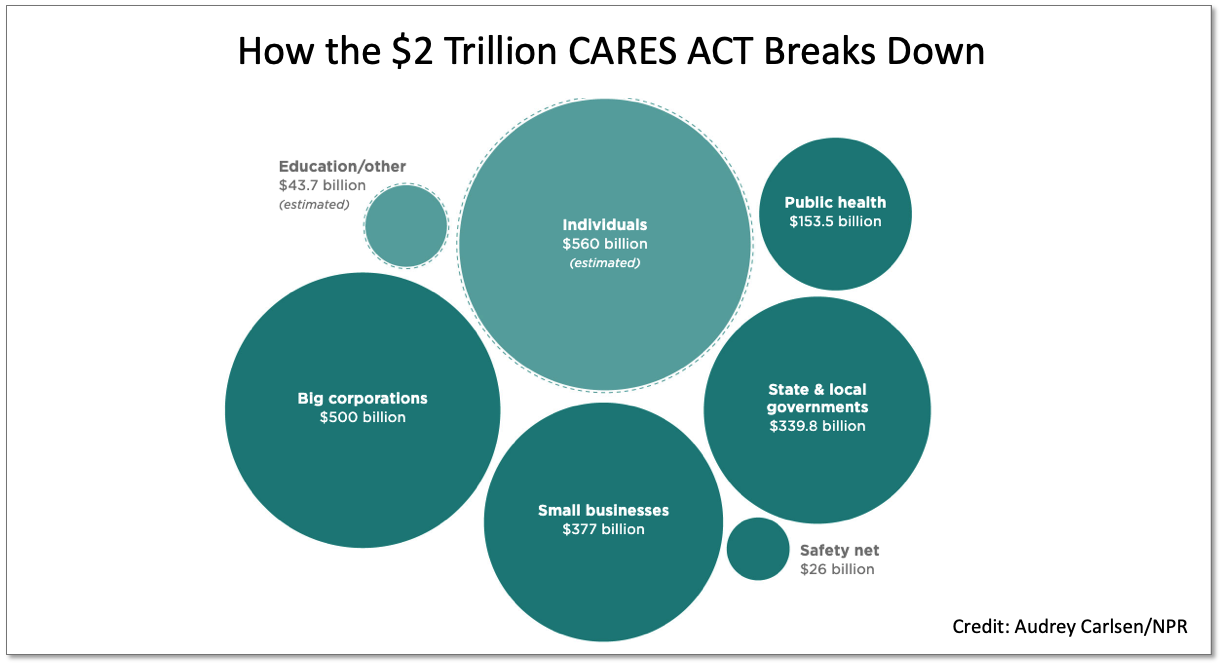Americans are suffering from "cabin fever." That's how both New York Governor Andrew Cuomo and President Trump described the American psyche this past weekend, with much of the country growing weary of spending so much time at home. President Trump went even further when he sent out Tweets encouraging citizens of three states to push for more immediate reopenings than planned.
Governors of those states, Minnesota, Michigan, and Virginia, were left confused, having been told just days earlier by the President that the decision to reopen would be left up to them, though just days prior they were told the opposite by the President, who claimed the decision to reopen the country rested solely with him.
Governors are understandably feeling a bit whipsawed by this flip-flopping. Still, it's fair to say that there isn't a governor across the country who isn't eager to ease restrictions that have crippled state economies. The vast majority of Governors, however, are balancing their decisions to reopen with local public health concerns and the White House's very own Guidelines for Opening Up America.
Reopening Means Renewed Opportunities for The Virus to Spread
American workers are also anxious to get back to work, and business owners are desperate to see the wheels of commerce turn again. But the fact of the matter is this - businesses are going to reopen before there is widespread testing for COVID-19, much less general availability of antibody testing, which will indicate if an employee was previously infected and has now mounted an immune response to the disease.
This is to say nothing of the 12-to-18 month roadmap to developing an actual vaccine for the virus, nor the manpower required to do meaningful contact tracking. This means that the coronavirus will have renewed opportunities to spread as workers return to the job.
Without Formal Guidance, Businesses Are Essentially Winging It
Without common and well-defined safety procedures for reopening, businesses are implementing ad hoc procedures with vastly mixed results and constant changes. OSHA is stressing that its guidance isn't regulation, but rather advisory.
Many frustrated business leaders are looking to "essential businesses" that never shut down for guidance, while others are looking for inspiration from companies in overseas markets where the curve of the pandemic subsided weeks ago.
So what should employers do to prepare for reopening? What actions can they take to make workplaces safe? What steps can they take to test workers and keep them healthy?
Here are some suggestions;



















